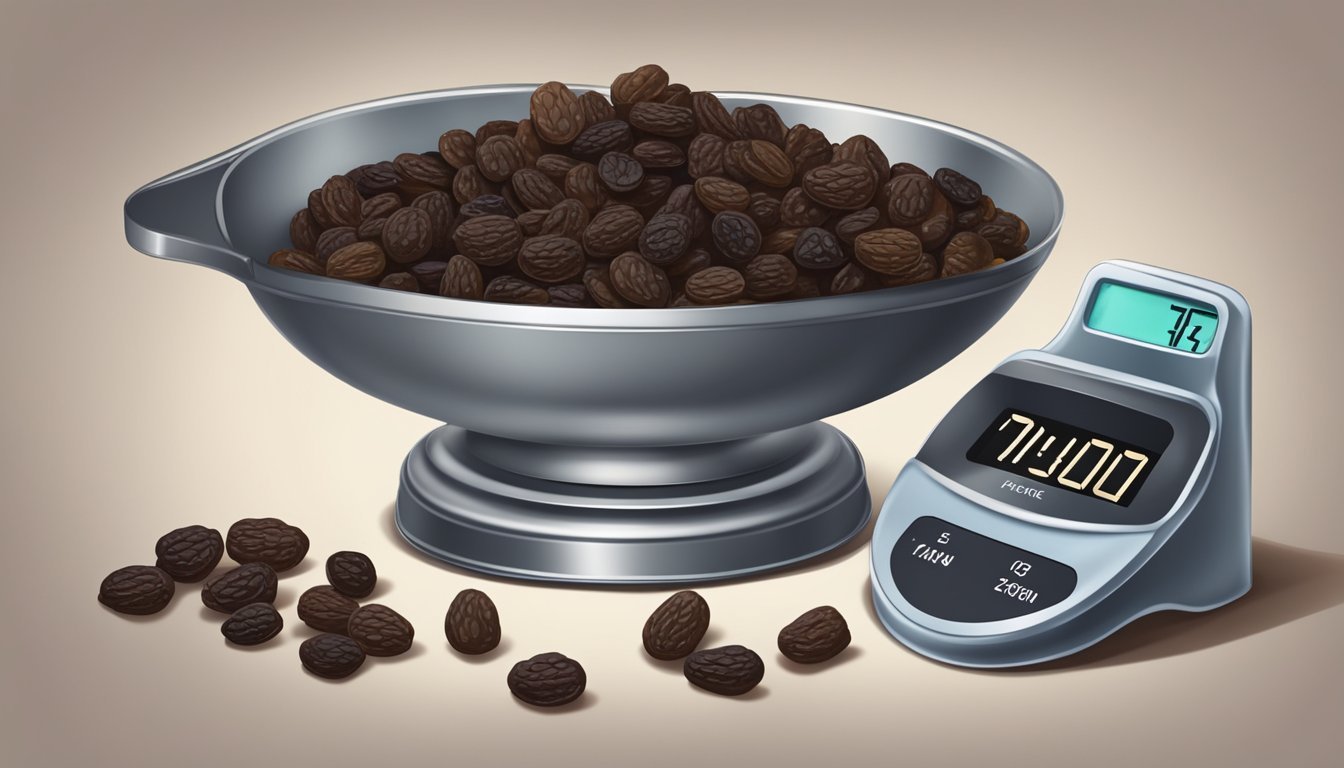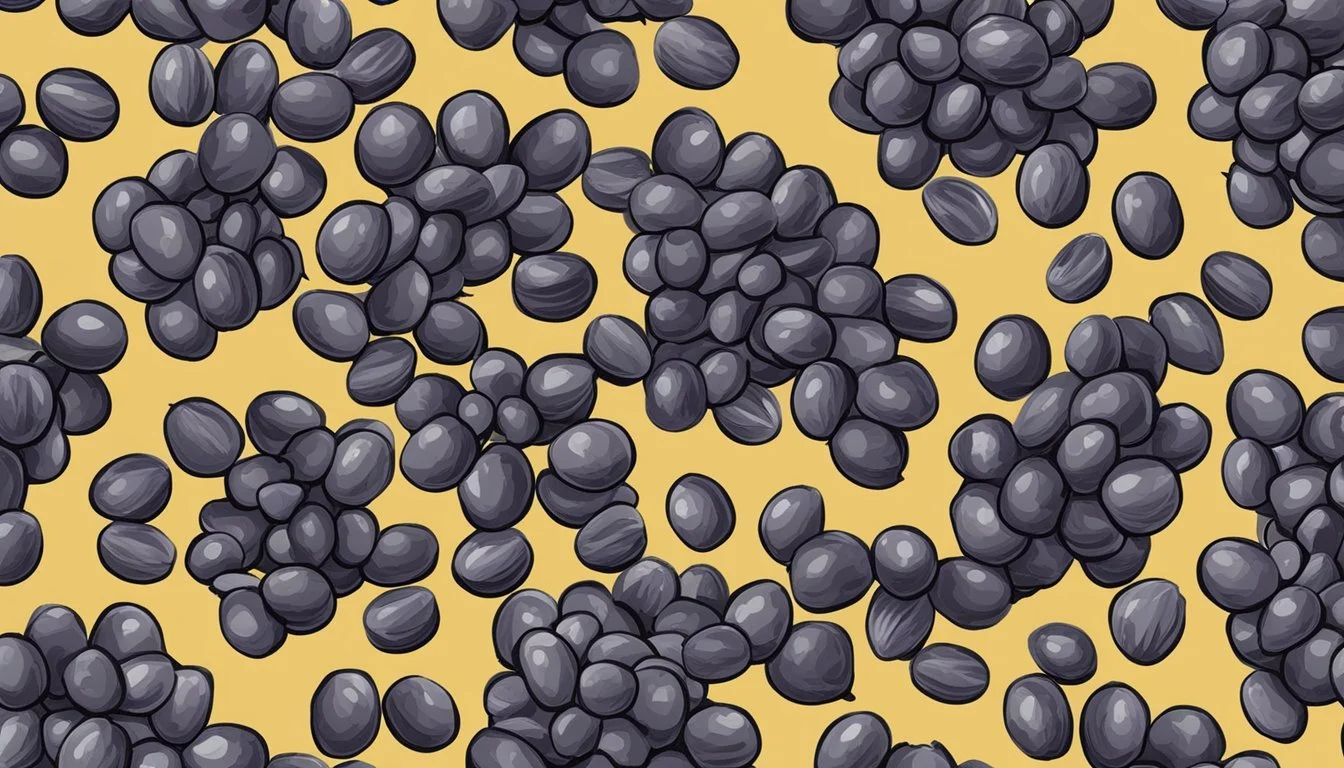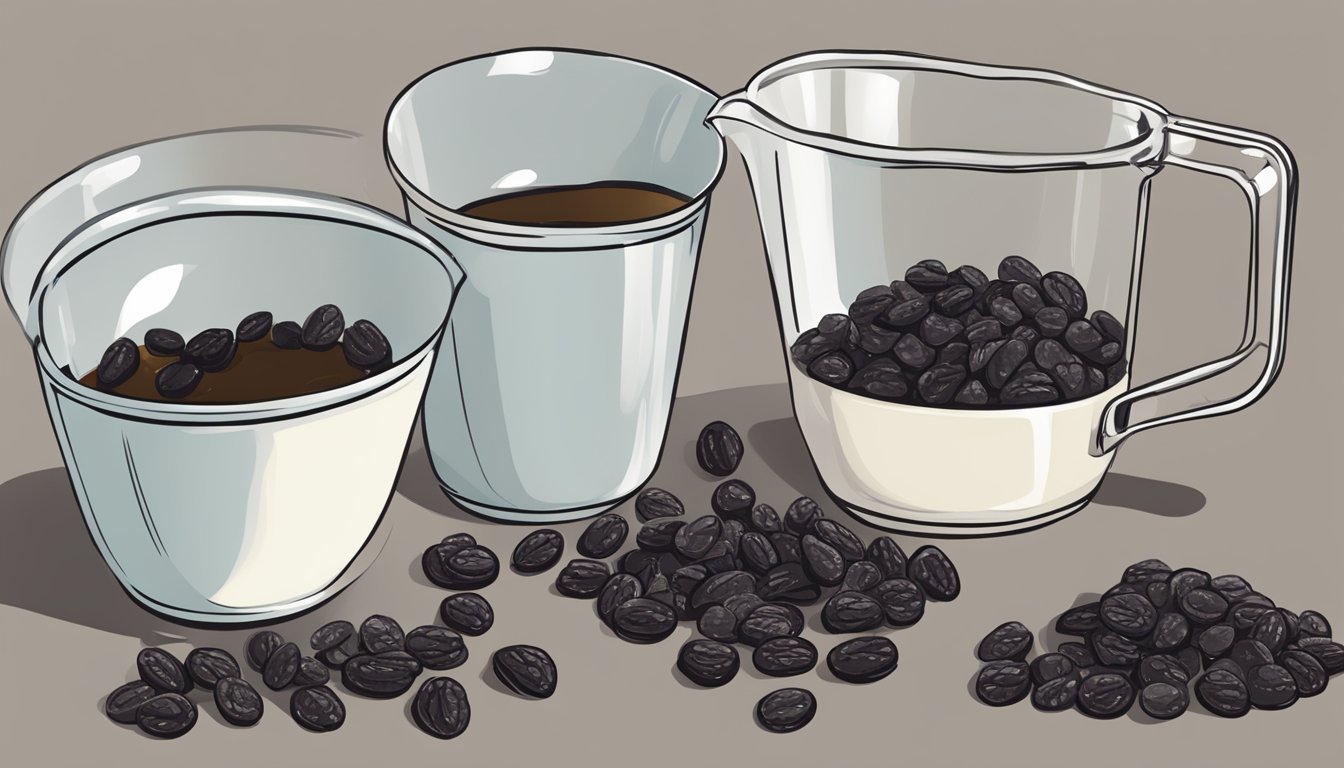How Many Cups of Raisins in a Pound: Your Ultimate Conversion Guide
When measuring ingredients for cooking and baking, accuracy can significantly affect the outcome, especially when converting from weight to volume. For dried fruit like raisins, the question of how many cups are in a pound is particularly relevant given their frequent use in recipes. A pound of raisins typically equates to approximately 2.85 US cups. This conversion is crucial for cooks needing to measure raisins for their culinary creations without a scale.
Understanding the conversion of raisins from pounds to cups is not only helpful for following recipes precisely but also for inventory management in the kitchen. While the exact volume may slightly vary due to the raisins' size and the packing in the cup, the standard approximation is that one pound of raisins is close to 2 and 4/5 cups. This information ensures that a recipe's texture and sweetness are consistent with the expected results.
The conversion is a straightforward answer to a common cooking query, serving as a quick reference for anyone looking to substitute volume for weight. Yet, considering that a cup measures volume and a pound measures weight, differences in raisin density and moisture content could lead to variations in the exact measurement. Thus, while the figure of 2.85 cups per pound is a reliable guideline, slight adjustments may be necessary depending on the specific characteristics of the raisins used.
Understanding Measurements in Cooking
In culinary practices, accuracy of measurements is quintessential for consistency and desired outcomes. Both weight and volume are fundamental, yet they differ greatly in their use and conversion.
Weight vs Volume
Weight measures the heaviness of an ingredient, often used for solids and is more consistent compared to volume which measures the space an ingredient occupies, more variable due to factors like density and packing. Common units of weight include grams (g), ounces (oz), kilograms (kg), and pounds (lb), while volume is measured in liters (L), milliliters (mL), and US cups.
Mass Measurement Standards
A unit of mass such as a gram or kilogram defines mass measurement. Precision is important, especially since ingredients’ density affects volume. For instance, a cup of feathers is lighter in weight than a cup of metal. In cooking, mass measurements are standardized using tools like scales, which provide a more accurate measurement for recipe replication than volume units, especially for dry ingredients.
Volume Units and Conversions
Volume measurements in cooking are often found in US cups, tablespoons, and teaspoons. One US cup is defined as 240 milliliters. However, volume conversions are not straightforward due to the varying densities of ingredients. A converter or conversion chart can often be used to translate weight to volume for a specific ingredient. For example, one pound of raisins is approximately equivalent to 2.85 US cups.
Raisins 1 lb -> ~2.85 US cups
This is a typical food conversion reference, acknowledging that a precise scale is the best tool for measuring weight in cooking.
Specifics of Raisins as an Ingredient
In the culinary world, raisins are valued for their sweetness and texture. Understanding their role and properties is essential for accurate measurement and application in recipes.
Dried Grapes and Their Varieties
Raisins are dried grapes that come in various types. Common varieties include:
Thompson Seedless: The most widespread, they are sun-dried and have a golden color.
Sultanas: Often lighter in color, sweeter, and come mainly from Turkey.
Currants: Made from small Black Corinth grapes; they are tiny, dark, and tangy.
These varieties present subtle differences impacting both flavor and volume when converting to cups.
Role of Raisins in Recipes
Raisins hold a versatile role in the culinary realm. They act as a natural sweetener in savory dishes and add texture and flavor depth to baked goods. Their usage spans across cuisines as both an ingredient and garnish. The sweetness and moisture inside raisins also contribute to the palatability of final dishes.
Impact of Moisture Content on Raisin Weight
The moisture content in raisins affects weight and volume:
Water Weight: Fresh grapes contain much more water compared to their dried counterparts, concentrating sugars and solid content as they dry.
Volume Fluctuation: As raisins lose water, their volume shrinks, implying that a pound of raisins occupies less space than a pound of fresh berries.
Measurement in recipes often accounts for this, as a standard reference asserts one pound of raisins equals approximately 2.85 US cups.
Conversion of Raisins Measurement
When it comes to cooking and baking, precise ingredient measurements are essential. One common conversion challenge is understanding how many cups are in a pound of raisins. The following subsections will clarify this conversion, discuss common measurement errors and provide tips for ensuring accuracy.
From Pounds to Cups
Converting from pounds to cups involves understanding that one pound of raisins is approximately equal to 2.85 US cups. However, the exact number of cups may slightly vary:
1 pound (lb) → 2.85 cups (US)
It is critical to note that this is an approximation due to factors such as raisin size and the level of packing in the measuring cup.
Common Errors and How to Avoid Them
Inaccuracies often arise from two primary sources: omissions and errors. Omissions occur when one forgets to account for the variation in raisin size, while errors can be a result of packing the raisins too tightly or loosely. To avoid these issues:
Do not pack the raisins unless the recipe specifically calls for it.
Use a standard US cup for measuring to maintain consistency.
Tips for Accurate Raisin Measurements
For the most accurate measurements of raisins:
Always level off the cup after filling it with raisins to ensure a standard measure.
Consider using a kitchen scale for recipes where precision is paramount.
These tips and awareness of measurement conversions are especially beneficial when dealing with ingredient measurements in recipes, enhancing the outcome of your culinary creations.
Raisin Equivalents for Common Ingredients
When cooking or baking, it's often necessary to know how to substitute ingredients or convert measurements. This section provides specifics on how to replace raisins with other fruits, how different sugars compare in weight to raisins, and how to measure raisins in relation to flour.
Substituting Raisins with Other Fruits
To substitute raisins in recipes, one may use a variety of dried or fresh fruits. Dried dates, chopped to equal the volume of raisins, can be used as a one-to-one substitute and offer a similar texture. Fresh bananas or apples, mashed or diced respectively, can also replace raisins, especially in baked goods. The ratio here is typically 1 cup of raisins to 1 cup of chopped fruit or mashed bananas. For a citrusy flavor, orange or lemon zest can be added to the recipe, using 1 tablespoon of zest to replace 1 cup of raisins.
Conversion Rates for Various Sugars
While raisins add sweetness and texture to recipes, they can be replaced by different types of sugars. When using granulated sugar to replicate the sweetness of 1 cup of raisins, which is about 2.85 cups or 0.44 pounds, consider using 2/3 cup of sugar. For brown sugar, which adds a deeper flavor, use a lightly packed 2/3 cup to substitute the sweetness of 1 cup of raisins.
Raisins and Flour Measurements
In recipes calling for both raisins and flour, such as cakes or couscous (What wine goes well with couscous?), precise measurement ensures balance in texture and flavor. To convert raisin measurements to cake flour, consider that 1 cup of raisins is equivalent to approximately 2.85 cups, and in weight, 1 pound of raisins is roughly the same as 3.63 cups of cake flour. Therefore, substitute 1 pound of raisins with 3.63 cups of sifted cake flour for a similar volume.
Additional Kitchen Measurement Insights
In the realm of kitchen measurements, precision is critical, particularly when converting between weight and volume or understanding the content of certain ingredients. These measures often have practical implications and reflect on the chemistry and composition of the foods being used.
The Role of Iron in Measurements
Iron's density significantly influences how weights and measurements are perceived in the kitchen. For instance, a pound of any ingredient, be it raisins or flour, has a constant weight due to the universality of the pound as a unit of mass. However, the volume such as cups a pound occupies can vary greatly depending on the ingredient's density and compaction. When it comes to measuring ingredients, a kitchen scale can provide the most accurate reflection of weight, regardless of volume discrepancies influenced by the density and iron content of the food.
Understanding Sticks of Butter in a Pound
Butter is commonly sold in sticks, each typically weighing 1/4 pound. Therefore, one pound of butter is equivalent to 4 sticks. For cooking and baking purposes, this becomes a convenient measure since many recipes call for butter in pounds or cup measurements, which can be easily calculated from the standardized stick portions.
1 stick → 1/2 cup
2 sticks → 1 cup
4 sticks → 1 pound (2 cups)
Recognizing these equivalencies can aid in a more efficient and precise approach to measuring ingredients for various culinary creations.







